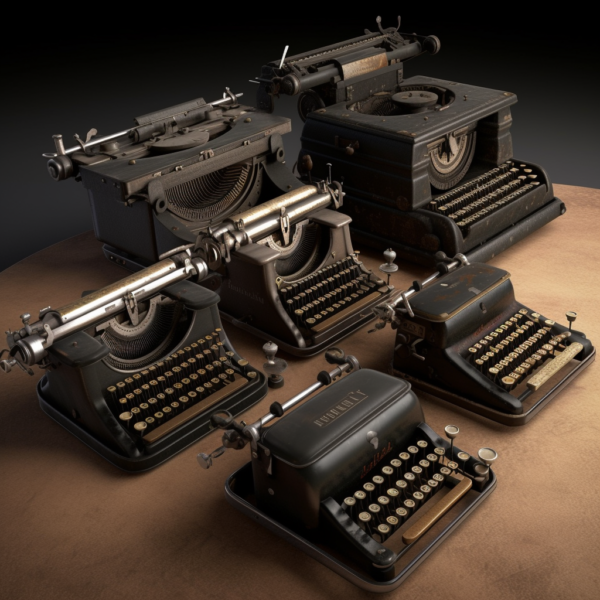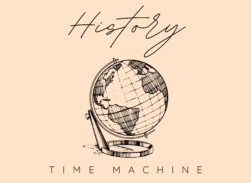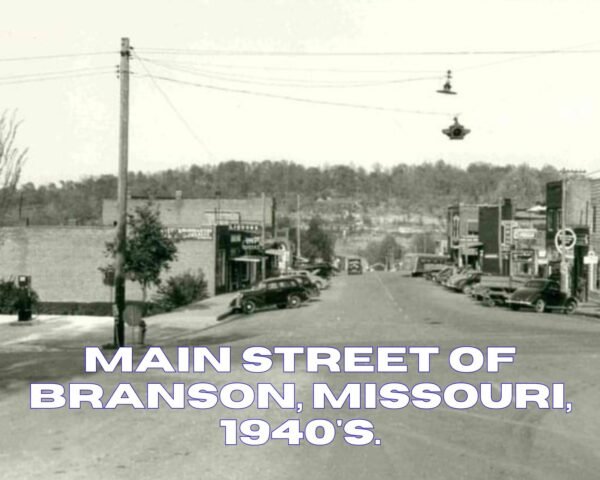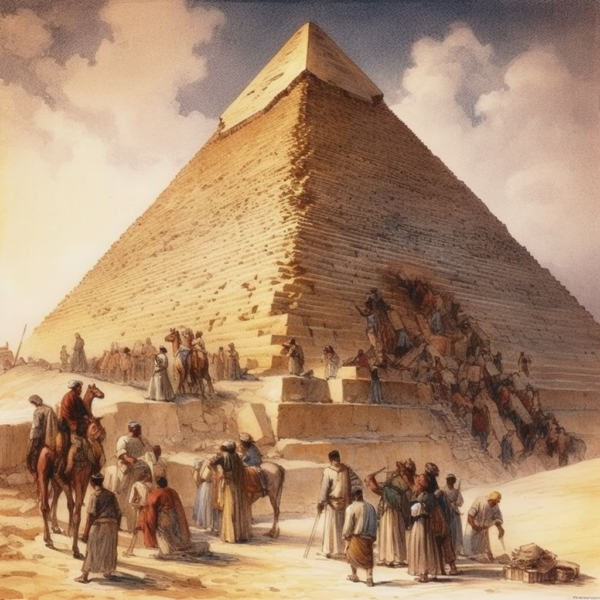The typewriter, an iconic invention, has played a pivotal role in shaping communication, literature, and business over the past two centuries. Its evolution mirrors technological advancements and societal shifts. Let’s embark on a journey to explore the origins, advancements, and cultural significance of typewriters.

Origins of the Typewriter
The concept of a machine that could mechanically produce letters and characters dates back to the early 18th century. However, the first practical typewriter, known as the Sholes and Glidden typewriter or the Remington No. 1, was invented in 1868 by Christopher Latham Sholes, Samuel Soule, and Carlos Glidden.
Evolution and Technological Advancements
1. Early Models and Designs
The initial typewriters were bulky, heavy, and expensive. They used an “up-strike” design where the typebars struck the bottom of the platen, making the typed letter invisible to the user until the carriage was moved.
2. The Shift to Front-Strike Designs
By the 1880s, the “front-strike” design became popular. This allowed typists to see the characters as they were typed, revolutionizing the typing process.
3. Introduction of the QWERTY Layout
The QWERTY keyboard layout, introduced by Sholes, was designed to prevent jamming by placing frequently used letters far apart. This layout became the standard and is still used in keyboards today.
4. Portable Typewriters
In the early 20th century, portable typewriters like the Corona became popular, catering to journalists and writers on the move.
5. Electric Typewriters
The 1920s saw the introduction of electric typewriters, with brands like IBM leading the way. These machines offered faster typing speeds and added features like automatic correction.
Cultural Significance of Typewriters
1. Transforming Business Communication
Typewriters brought efficiency and uniformity to business communication, making handwritten letters obsolete in professional settings.
2. Empowering Women in the Workforce
The typewriter played a crucial role in opening doors for women in the workplace. Many women found employment as typists or secretaries, marking a significant shift in gender roles.
3. Impact on Literature
Famous authors, including Ernest Hemingway and Agatha Christie, used typewriters to pen their works. The typewriter became synonymous with the writer’s craft.
4. The Collector’s Item
Today, vintage typewriters are coveted collector’s items, symbolizing nostalgia and a bygone era of mechanical simplicity.
The Decline and Resurgence
With the advent of computers and word processors in the late 20th century, typewriters became obsolete. However, in recent years, there’s been a resurgence in interest. Writers and enthusiasts are drawn to the tactile experience of typing on a mechanical machine, the sound of keys striking paper, and the nostalgia it evokes.
The typewriter’s journey from a mechanical marvel to a cultural icon is a testament to its impact on society. While it may no longer be the primary tool for writing, its legacy lives on, reminding us of the ever-evolving nature of communication and technology.
As an Amazon Associate we earn from qualifying purchases through some links in our articles.




